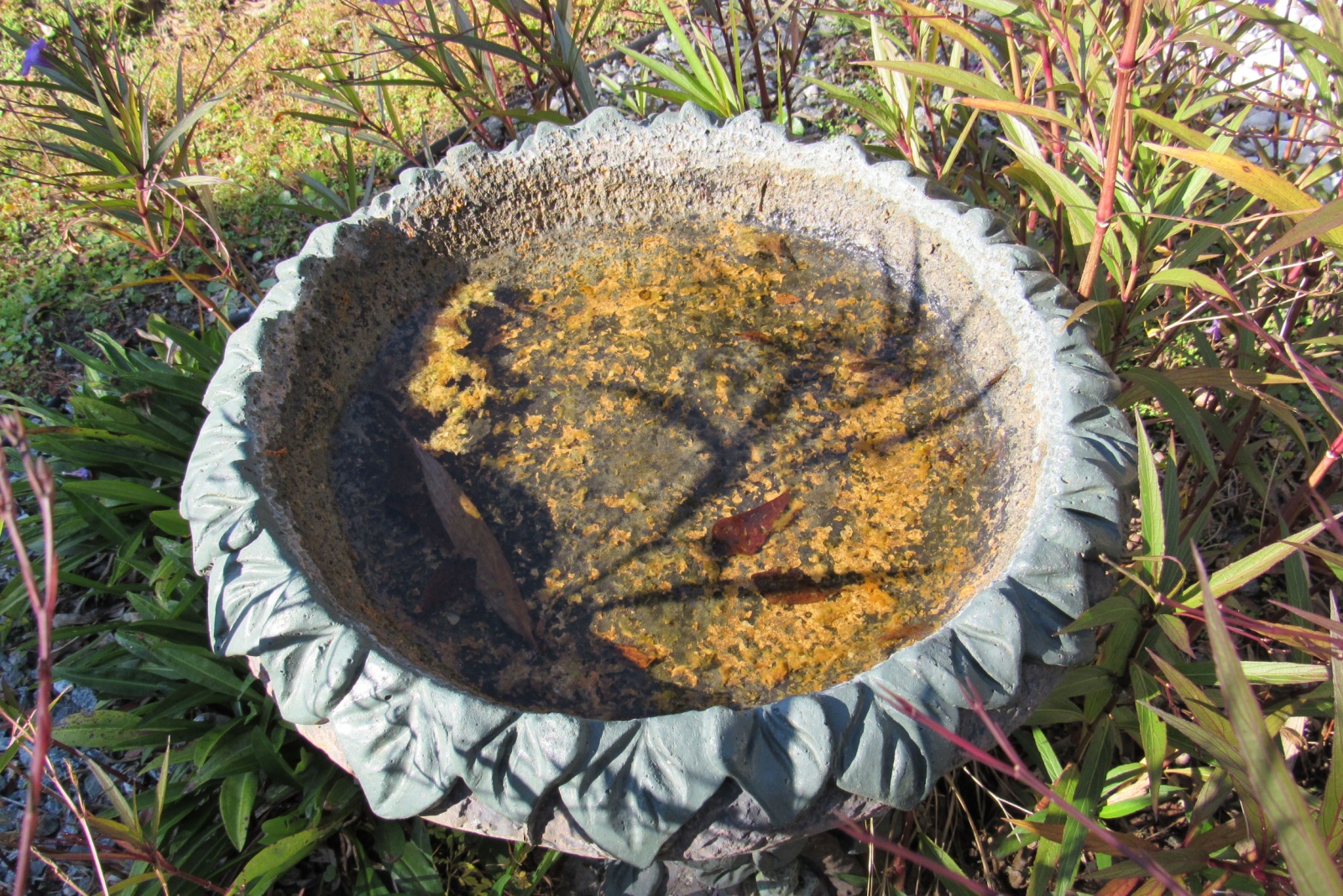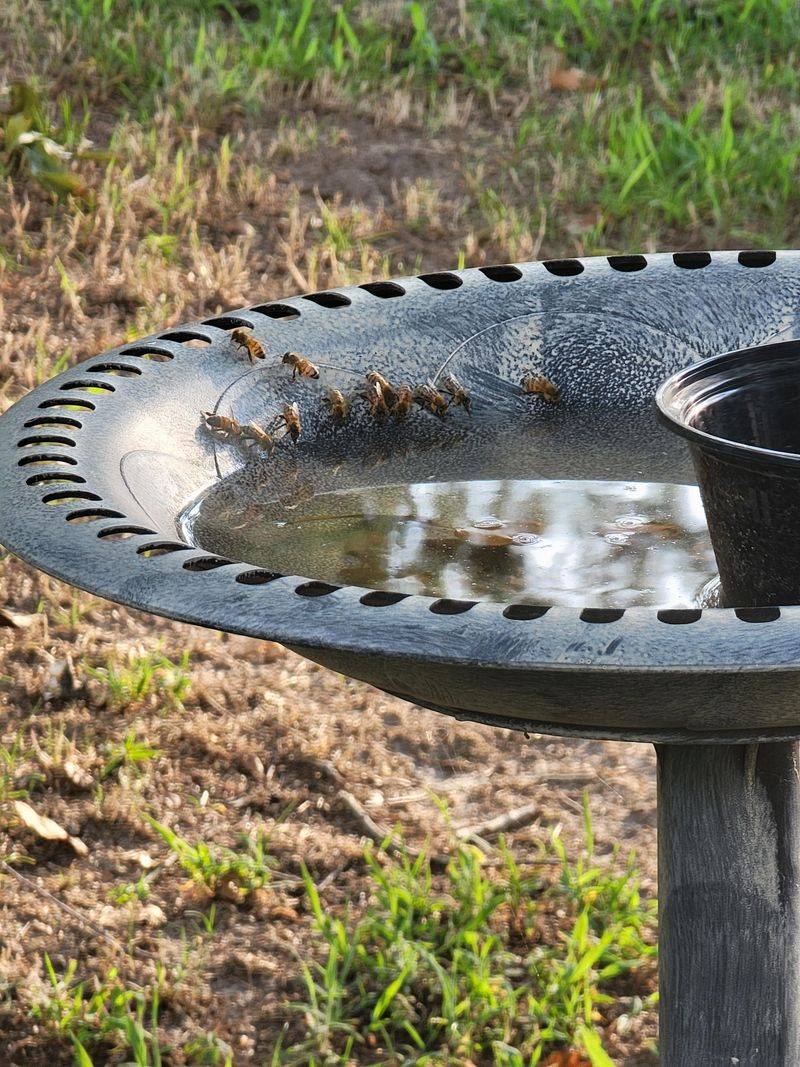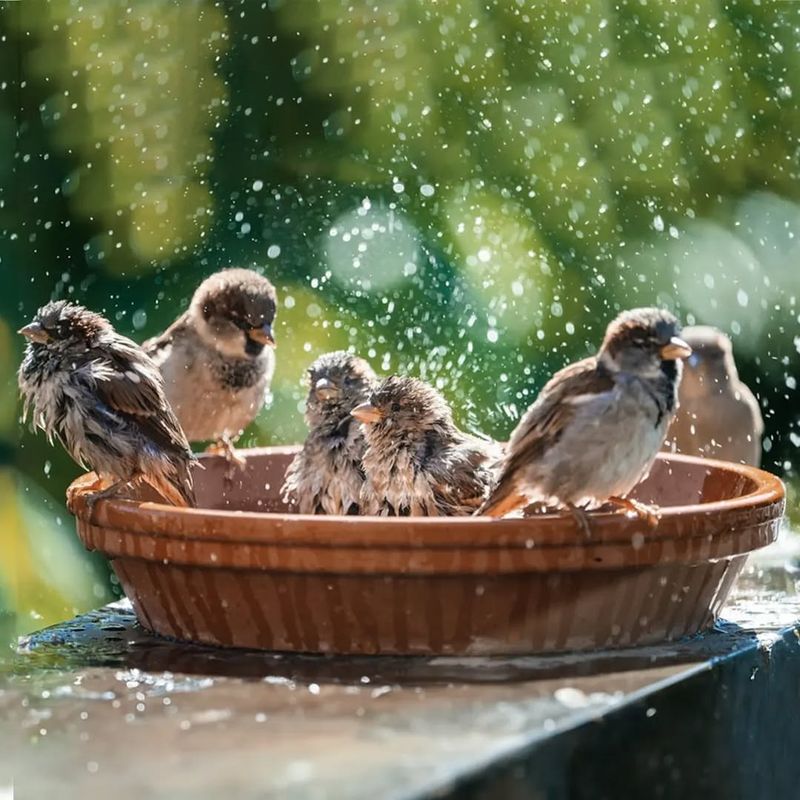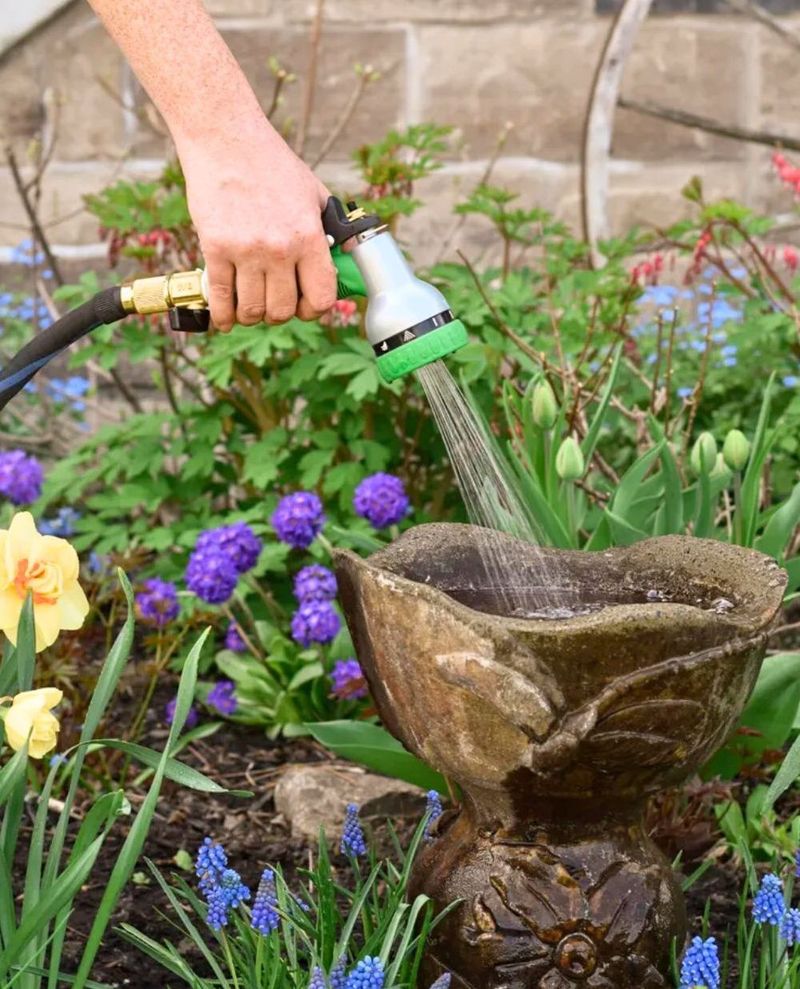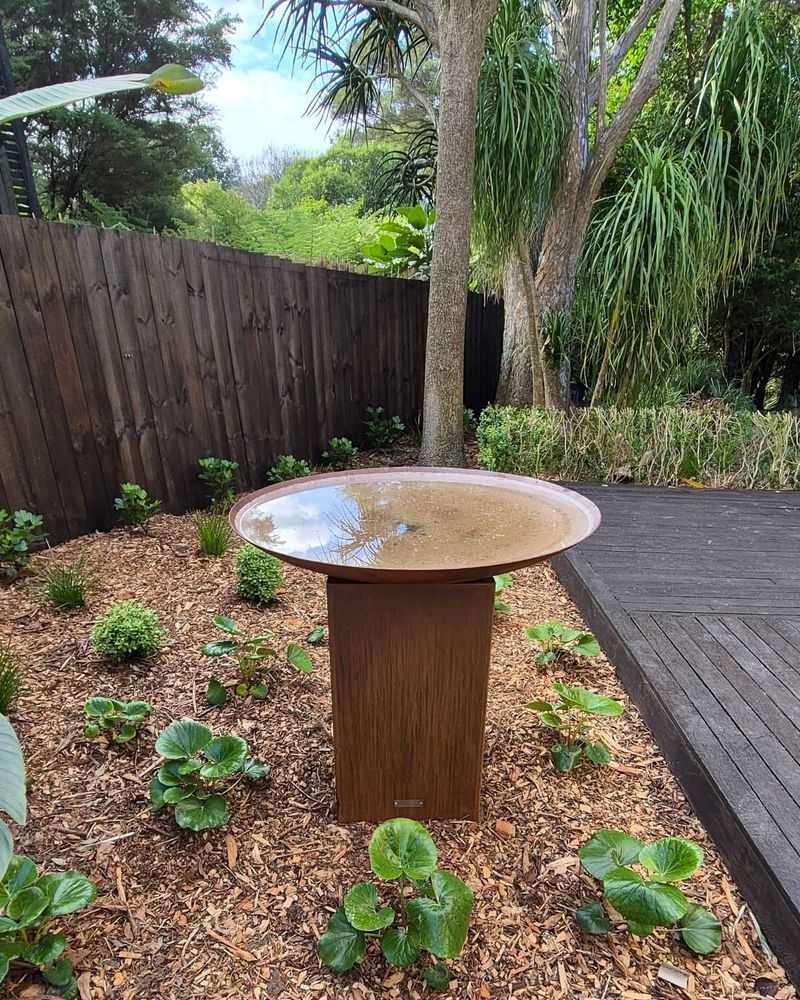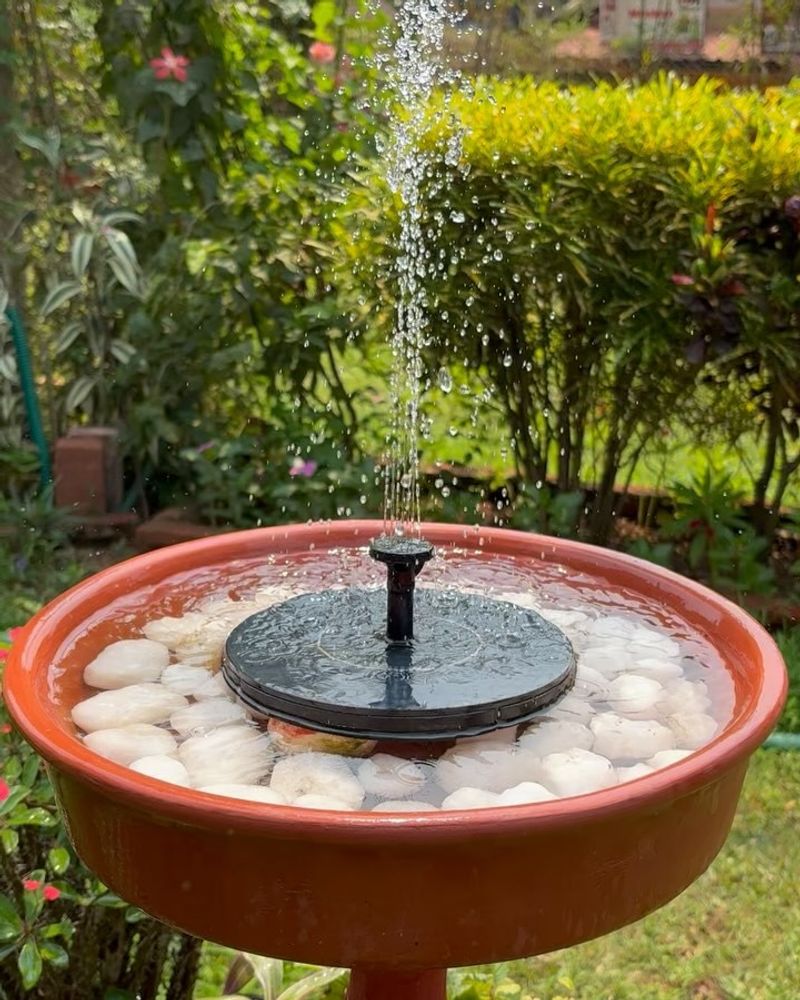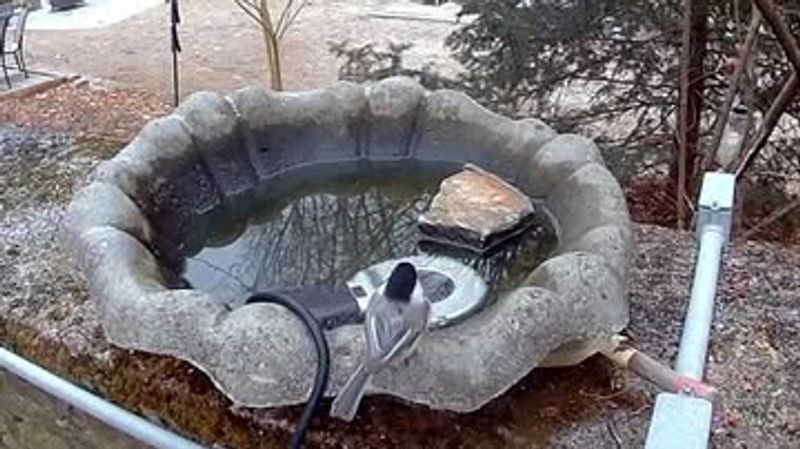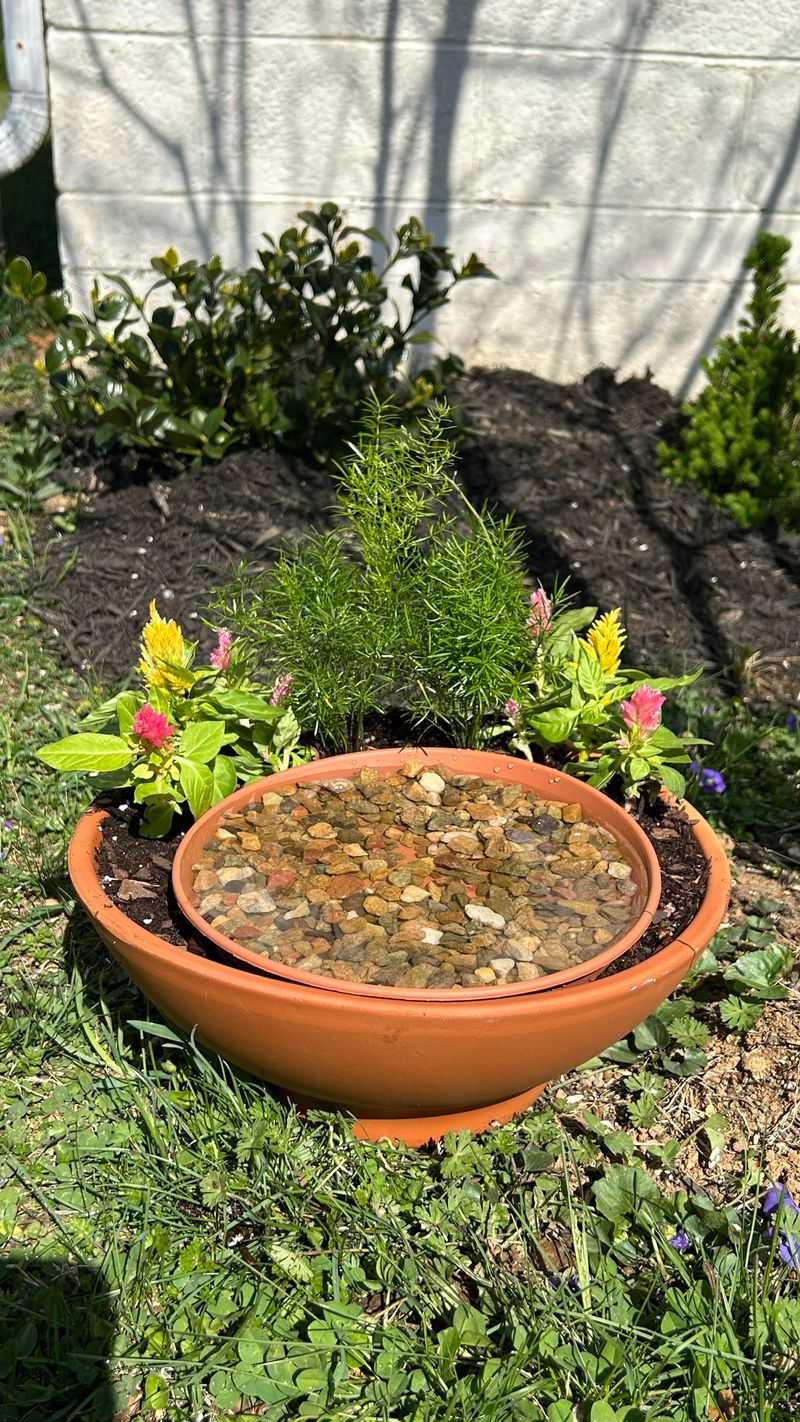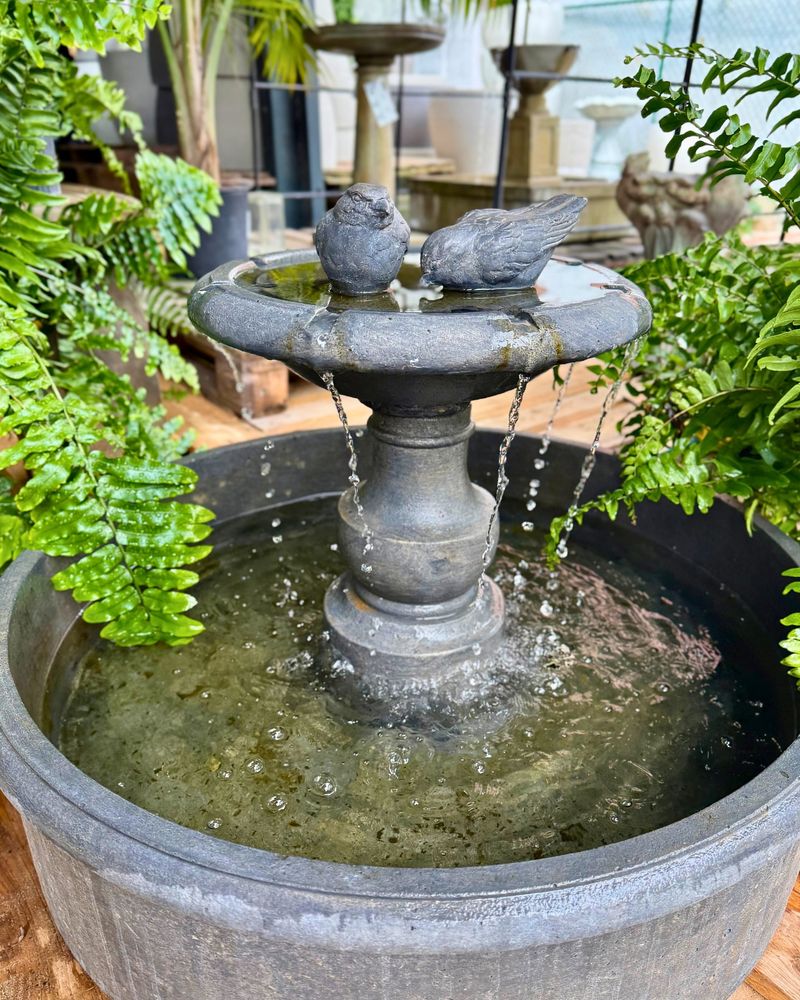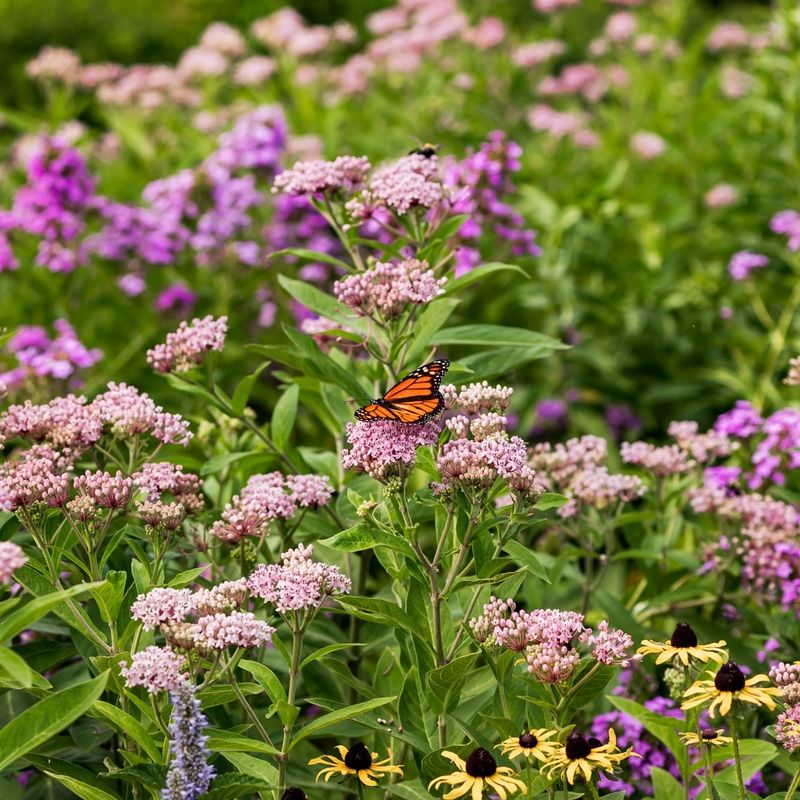Maryland’s backyard birds need reliable water sources to thrive through our variable seasons. A birdbath can transform your yard into a bustling avian hotspot, but common mistakes might be keeping your feathered friends away.
By understanding these simple errors and their solutions, you’ll create a bird paradise that attracts everything from cardinals to chickadees.
1. Stale, Dirty Water Turning Birds Away
Birds avoid dirty water just like we do! Standing water quickly collects leaves, algae, and bird droppings that harbor harmful bacteria and parasites.
Empty and scrub your birdbath with a stiff brush at least twice weekly during Maryland’s humid summer months. A quick rinse isn’t enough—use a diluted vinegar solution (one part vinegar to nine parts water) to naturally disinfect without harmful chemicals.
2. Bath Too Deep For Comfort
Most Maryland songbirds prefer shallow puddles rather than deep pools. When water is too deep, smaller species like chickadees and finches can’t safely bathe without risking drowning.
Add smooth, flat stones or pebbles to create varying depths, with the deepest section no more than 2-3 inches. This creates perfect wading areas for tiny visitors while still accommodating larger birds like robins and blue jays.
3. Poor Location Scaring Birds Off
Placing your birdbath in the wrong spot might be keeping your feathered friends away. Birds need to feel safe while bathing, when they’re particularly vulnerable to predators.
Move your bath away from dense shrubs where cats might hide, but near enough to trees or bushes for quick escape routes. Morning sunlight keeps water warmer, while afternoon shade prevents rapid evaporation during Maryland’s hot summers.
4. Slippery Surfaces Causing Dangerous Falls
Many commercial birdbaths have slick, glazed surfaces that become dangerously slippery when wet. Birds can’t grip properly, leading to falls and reluctance to use your bath.
Rough up smooth surfaces by applying a thin layer of textured spray paint designed for outdoor use. Alternatively, line the basin with small pebbles or a rubber bath mat cut to size, creating secure footing for tiny claws.
5. Lack Of Moving Water Missing Attraction Power
Still water doesn’t catch birds’ attention from afar. Maryland birds are naturally drawn to the sound and sight of moving water, which signals freshness and safety.
Add an inexpensive solar fountain or water wiggler that creates gentle ripples. Even hanging a container with a tiny hole above your bath to create drips works wonders! Moving water also deters mosquito breeding, a bonus during Maryland’s buggy summers.
6. Ignoring Winter Water Needs Losing Year-Round Visitors
Many Marylanders pack away birdbaths once frost hits, not realizing winter is when birds struggle most to find unfrozen water. Without your help, resident birds like cardinals and chickadees face dehydration during freezing months.
Invest in a simple birdbath heater to prevent freezing. Place your winter bath in a sheltered, sunny spot, and consider using a darker-colored basin that absorbs more heat from Maryland’s winter sun.
7. Unpredictable Water Levels Creating Trust Issues
Birds establish regular bathing routines and become frustrated when they arrive to find your bath empty. Inconsistent water availability leads them to seek more reliable sources elsewhere.
Install an automatic water refiller similar to those used for pet bowls. During Maryland’s dry spells, check water levels daily, especially after hot afternoons when evaporation is highest. Consider setting a phone reminder to maintain your bath’s dependability.
8. Chemical Treatments Harming Delicate Systems
Household bleach, algaecides, or tap water with high chlorine levels can harm birds’ sensitive respiratory systems and delicate feathers. What keeps your bath looking clean might actually be driving birds away.
Stick to natural cleaning methods using vinegar or enzyme cleaners specifically designed for birdbaths. Let tap water sit overnight before filling your bath to allow chlorine to dissipate, especially important in Maryland’s urban areas with heavily treated water supplies.
9. Overlooking Native Plant Companions Missing Ecosystem Benefits
A lone birdbath without supporting habitat feels exposed and uninviting. Maryland’s native birds prefer comprehensive environments that provide food, shelter, and water together.
Plant native Maryland species like black-eyed Susans, serviceberry, or Joe-Pye weed near your bath. These attract insects that birds feed on and provide natural perches for preening after bathing. The complete ecosystem approach transforms occasional visitors into regular guests.

